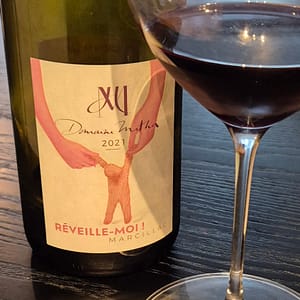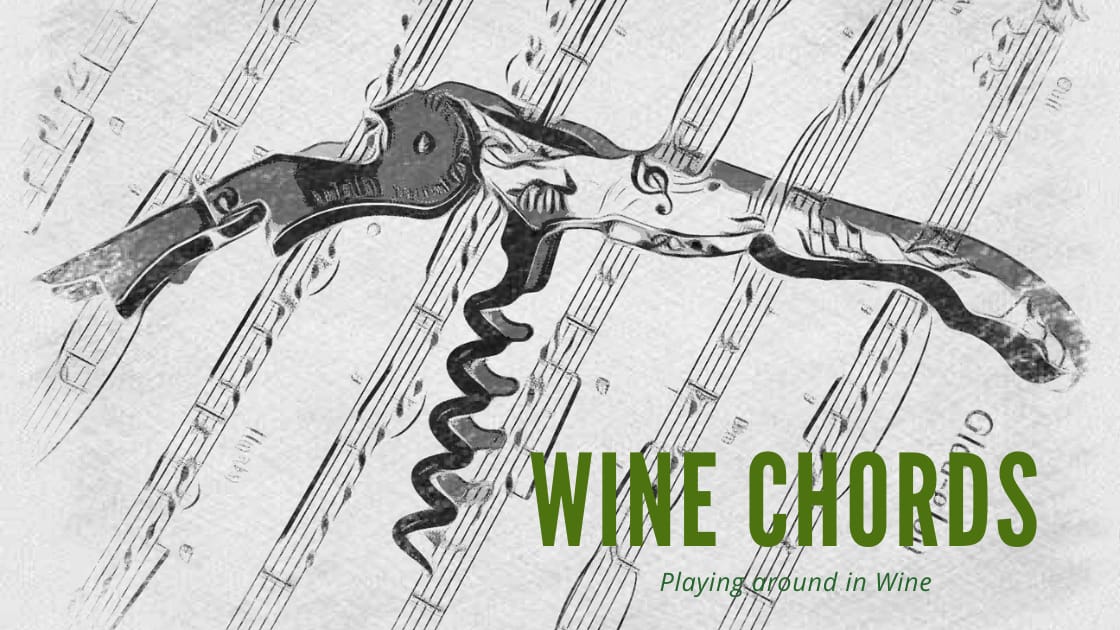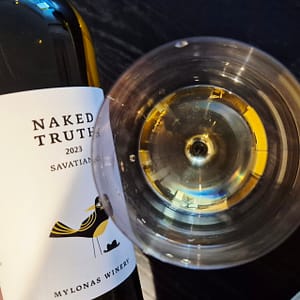In the Aveyron region, nestled within the rolling hills of Marcillac, lies Domaine Matha—a family-run estate that has been producing expressive wines since the early 1980s.
Situated in the village of Bruéjouls, the domaine is helmed by Jean-Luc Matha, who inherited his passion for viticulture from his father, Alban. The estate spans 15 hectares of terraced vineyards, locally known as “banquettes,” which Jean-Luc has meticulously restored to combat erosion and facilitate safer cultivation. Committed to organic farming, the estate has eschewed chemical treatments for over a decade, relying instead on natural remedies like copper, sulfur, and herbal infusions.
Marcillac is a small appellation in southwest France, characterized by its iron-rich red soils and steep slopes. The region’s unique terroir imparts a distinct minerality to its wines, predominantly made from the indigenous fer servadou grape, locally referred to as mansois.
Réveille-Moi is made from 100% fer servadou grapes, harvested from vines averaging 45 years in age. The wine undergoes traditional vinification, is bottled unfiltered, and sees minimal sulfur addition.

Réveille-Moi 2021 (Dom. Matha)
Deep red with bluish tints. Slightly developed and peppery aroma of cherries, redcurrants, and raspberries, complemented by hints of olives, flowers, and cool herbs. On the palate it’s firm, fruity, and spicy, showcasing flavors of dark berries, redcurrants, and green herbs, with subtle notes of olives, and balsamic.
Price: Low
Leave a Comment








